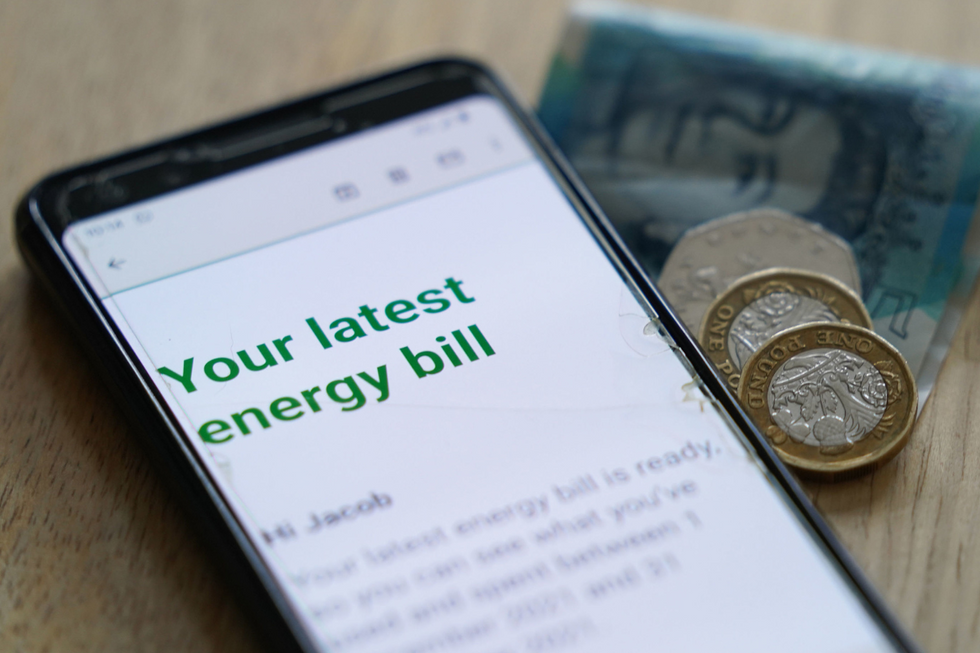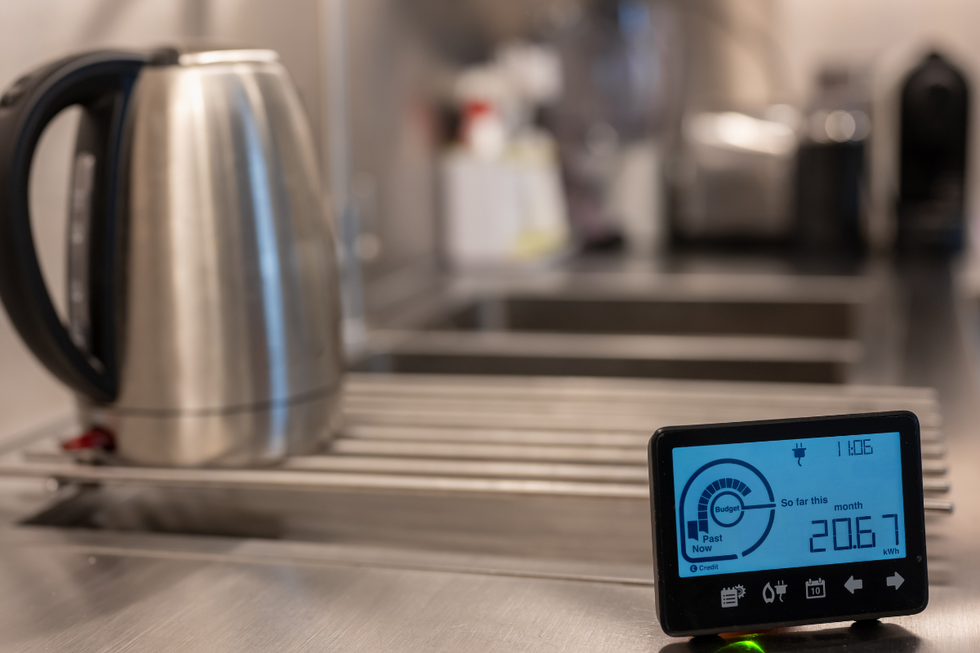WATCH NOW: Royal Navy veteran blasts Labour for 'letting down' Britons as household bills hike - 'Like robbing Peter to pay Paul!'
GB News
This hidden cost comes from the constant power draw of common household items
Don't Miss
Most Read
As the weather warms up and heating use drops, most of us expect our energy bills to go down too. But lurking in the background are 'vampire appliances' - everyday devices that keep sucking up power even when they're switched off.
Left unchecked, these devices could quietly add more than £100 to your energy bill.
Based on the average tech ownership of a UK home, you will pay an extra £117.77 per year, £2.26 per week or 32p per day - just for leaving devices plugged in or on standby.
This hidden cost comes from the constant power draw of common household items, from televisions to phone chargers, that continue using electricity even when not actively being used.

These devices could quietly add more than £100 to your energy bill (Stock)
GETTY
Home Energy Expert and Heating Engineer at iHeat Stephen Day explained the issue, saying: "Most people have no idea that TVs, gaming consoles, and even kitchen appliances keep drawing power when they're not in use."
"That little red standby light on your TV or the digital clock on a microwave - it seems harmless, right? But over a year, it adds up fast," he warned.
A single TV left on standby could cost around £5 to £10 annually in wasted energy depending on the model, it is estimated, while gaming consoles like the PlayStation 5 can add up to £8 per year just sitting idle.
Phone, laptop, and tablet chargers continue drawing power even when not charging anything.
LATEST DEVELOPMENTS:
"It's not just about one device," Day added. "It's the fact that you've got multiple appliances doing this, all day, every day. That's where the real cost comes in."
To show just how much this adds up, iHeat collated a breakdown of the most common vampire appliances and their costs based on Ofgem's April 2025 UK electricity rate of 27.03p per kWh.
A standard LCD/LED TV uses 2W on standby, costing £5.47 yearly, while smart TVs consume 4W at £10.94 annually.
Wi-Fi routers have been identified as one of the worst offenders, using 6W and adding £15.77 to annual bills, as Sky or Virgin boxes take the crown as a household's biggest drain at 10W, costing £27.37 per year.
Other notable culprits include microwaves and smart speakers (both 3W, £8.21), laptop chargers (2W, £5.47), and phone chargers (0.5W, £1.37).
Even kitchen appliances like coffee machines (1W, £2.74) and smart kettles (2W, £5.47) contribute to the problem as even smart plugs use 1W, adding £2.74 yearly to bills.

This hidden cost comes from the constant power draw of common household items, even day-to-day items like kettles and toasters (Stock)
GETTY
Day advised homeowners: "Start with the basics - switch off appliances at the socket when you're not using them, and unplug chargers once your devices are fully charged. Smart plugs or timers can automatically cut power to devices when not needed.
"Most TVs and gaming consoles now have eco-modes," Day explained. "It takes two minutes to set them up, and you could save a decent chunk over the year."
Upgrading to energy-efficient appliances is another effective strategy as energy-saving light bulbs, low-power TVs, and modern smart home devices can reduce passive energy use significantly.
Day claimed: "While replacing an old TV or fridge might seem pricey, over time, the savings on your energy bill will more than make up for it."
"Energy prices aren't going down anytime soon. But small changes really do add up over the year. It's easy money," he concluded.












